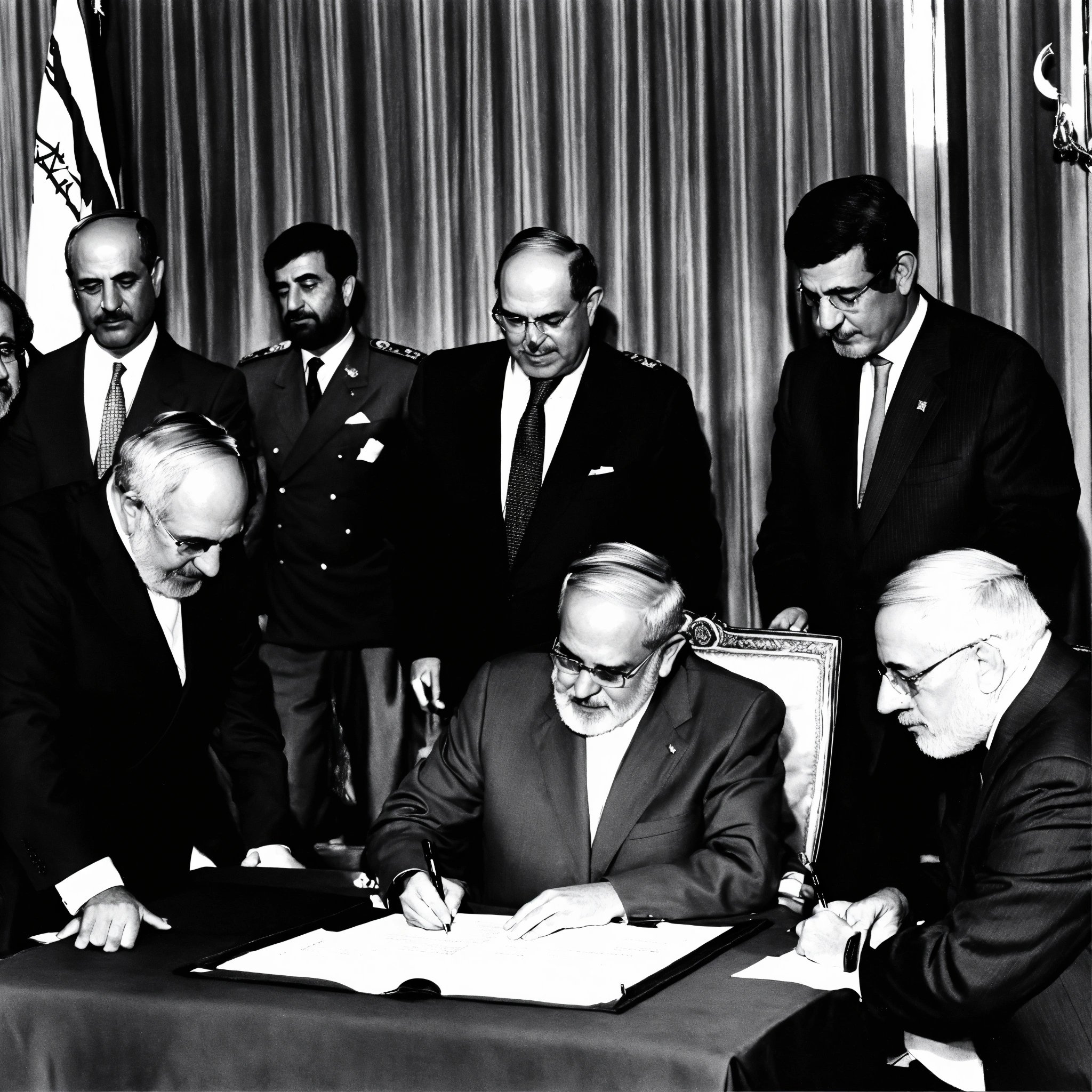Diversionary Tactics
Unraveling the Secrets of Diversionary Tactics in Politics and War

In the high-stakes world of politics and war, diversionary tactics are a common strategy employed to distract attention and manipulate public opinion. Whether it’s a politician looking to shift focus away from a scandal or a military leader aiming to mislead the enemy, the use of diversionary tactics can have significant impacts on the outcomes of conflicts and power struggles.
One of the most well-known examples of diversionary tactics in politics is the infamous “wag the dog” strategy, wherein a leader creates a crisis or conflict to divert attention away from pressing issues at home. This tactic was famously depicted in the 1997 film “Wag the Dog,” in which a political fixer concocts a fake war to distract the public from a presidential scandal. While this fictional scenario may seem extreme, the use of diversionary tactics in politics is a well-documented phenomenon that has been observed throughout history.
In a similar vein, military leaders have long utilized diversionary tactics to deceive their enemies and gain the upper hand in conflicts. One common tactic is the use of decoys to mislead the enemy about the location or strength of their forces. During World War II, the Allies famously employed inflatable tanks and planes to deceive the Germans about the size of their armies, leading to the successful D-Day invasion.
Another common diversionary tactic in warfare is the use of feints and diversions to draw enemy forces away from a strategic target. This was famously employed by General George Washington during the American Revolutionary War, when he used a series of fake movements and false reports to deceive the British and gain the element of surprise in key battles.
In the modern era, the use of diversionary tactics in politics and war has only become more sophisticated. With the rise of social media and 24-hour news cycles, politicians and military leaders have a plethora of tools at their disposal to manipulate public opinion and confuse their adversaries. From spreading fake news and misinformation to launching cyber attacks and propaganda campaigns, the possibilities for diversionary tactics are endless.
However, while diversionary tactics can be effective in the short term, they often come with risks and unintended consequences. In politics, a leader’s credibility can suffer if they are seen as manipulating public opinion or creating fake crises. In warfare, a poorly executed diversionary tactic can backfire and lead to devastating losses on the battlefield.
As such, it is crucial for leaders to carefully consider the potential consequences of using diversionary tactics and to weigh the potential risks against the rewards. Ultimately, the unraveling of the secrets of diversionary tactics in politics and war is a complex and ever-evolving field, with ethical and strategic considerations that must be carefully navigated in order to achieve success.








